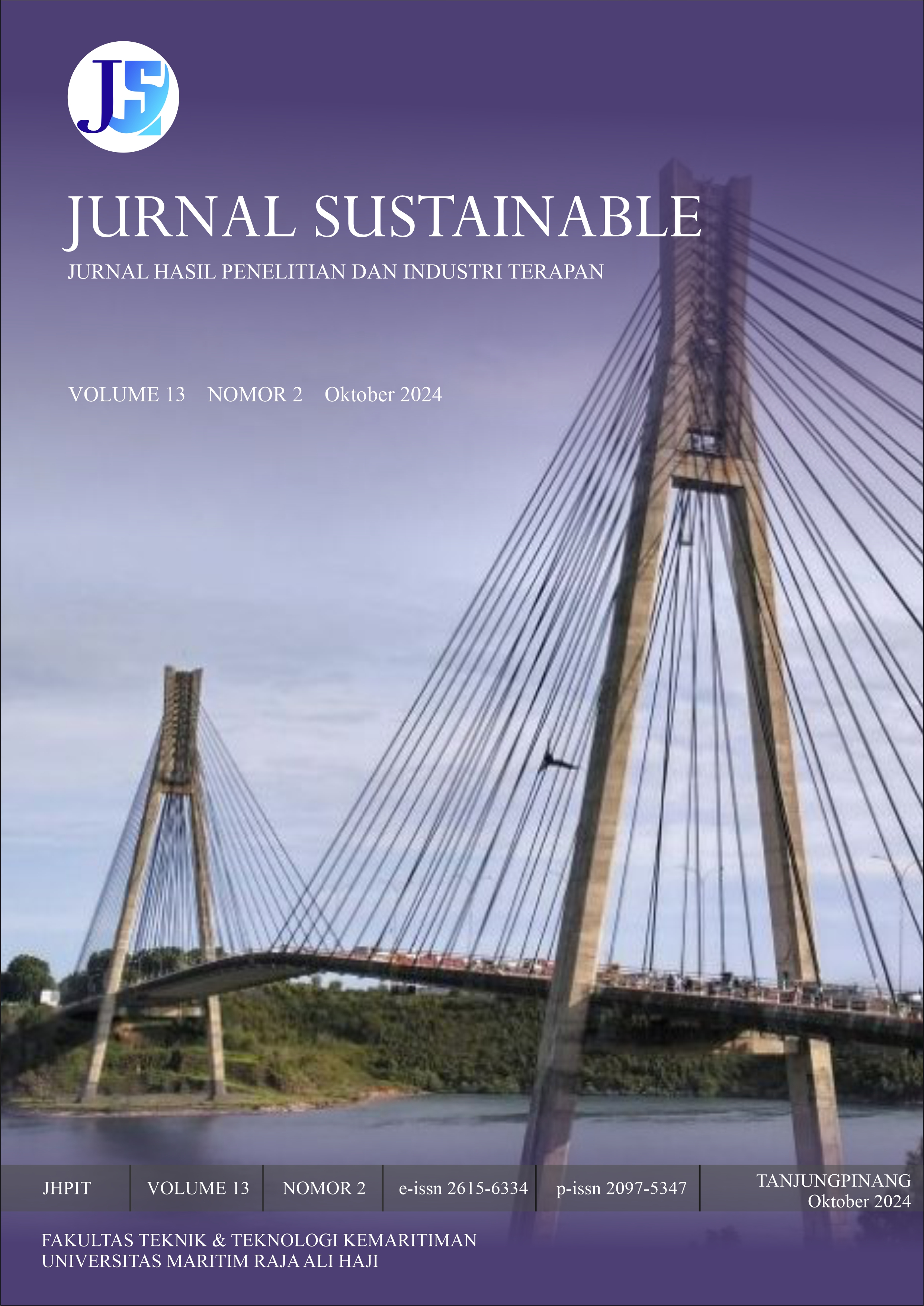Klasifikasi Tingkat Kesegaran Cumi-Cumi (Loligo vulgaris) Menggunakan Metode Support Vector Machine Berbasis Citra Digital
DOI:
https://doi.org/10.31629/sustainable.v13i2.7363Keywords:
Squid freshness, SVM, digital image, color features, texture featuresAbstract
Determining the freshness level of squid (Loligo vulgaris) is crucial to ensure the quality and safety of seafood products. This study develops an automatic classification system based on digital image processing using the Support Vector Machine (SVM) algorithm. The freshness categories are divided into three classes: Fresh, Not Fresh, and Spoiled. The images used were preprocessed through cropping, resizing to a uniform size, augmentation, and color space conversion. Feature extraction involved color features (RGB and HSI) and texture features (using the Gray Level Co-occurrence Matrix or GLCM). The SVM model was trained using the RBF kernel and evaluated on a separate test dataset to measure its classification performance. The results showed that combining color and texture features significantly improved the accuracy, reaching 87.65% on the test data. As a practical implementation, the system was developed into a graphical user interface (GUI) using MATLAB, enabling users to predict squid freshness directly. This study demonstrates that the proposed method has promising potential as an early solution for digital and efficient quality control in the seafood industry.



.png)
.jpg)












